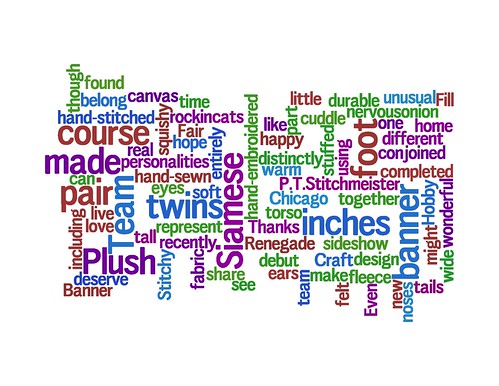I'm not too sure how it happened, but I started reading one of my really old books the other day. Predictably, I was quite appalled by what I saw. One of the many things I've learned is this: every single thing does not need to be described.
Adding Adjectives
What does that mean? Aren't writers supposed to be descriptive, paint pictures, put their readers in the middle of the action? Yes, to all of it. But there is such as thing as too many descriptive words. Let me give you an example of the type of stuff I've been reading in the past week:
"It looks like rain," she said quickly, glancing to her left at Lola.
Lola hurriedly rushed to the window, peeling back one side of the drapes to press her nose close to the glass. "It does!" She cried excitedly, turning to look over her shoulder at Dev. "It really does!" She added with a big smile.
Bad, right? Felt like it was sort of dragging you along, didn't it? Let's eliminate some of those unnecessary descriptive words and see what happens:
"It looks like rain," she said, glancing at Lola.
Lola
rushed to the window, peeling back one side of the drapes to
press her nose close to the glass. "It does!" She cried,
turning to look at Dev. "It really does!" She added
with a big smile.
When you use too many descriptive words, you may sometimes unintentionally repeat yourself. Excessive words also make the text feel clunky. In the example above, hurriedly rushed, for instance, is redundant. Clearly she's hurrying if she's rushing, so you don't need that descriptor.
Read your words more carefully, and remember that more isn't always more. Eliminate what you don't need to make your work more streamlined and easier to read. You want the writing to flow, and readers to turn the pages quickly because they're captivated by the story. It's impossible to be captivated if you've got too many words getting in the way.











0 comments:
Post a Comment